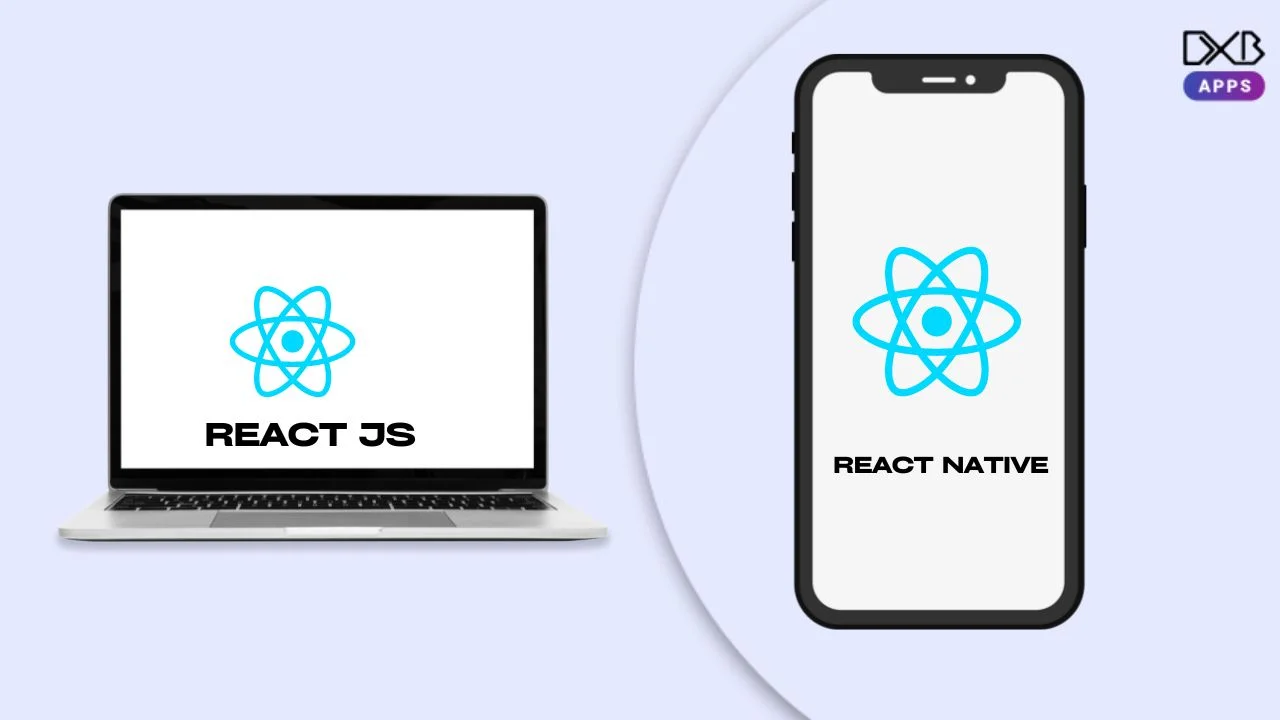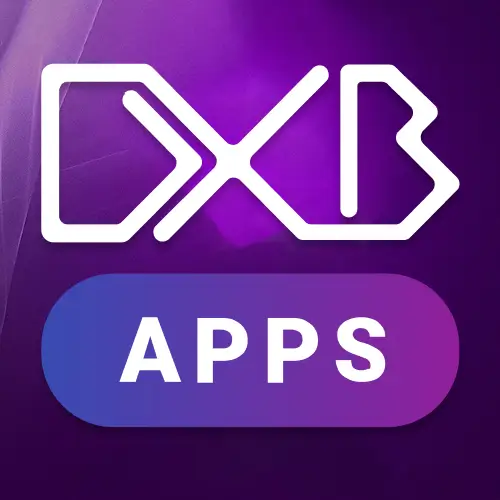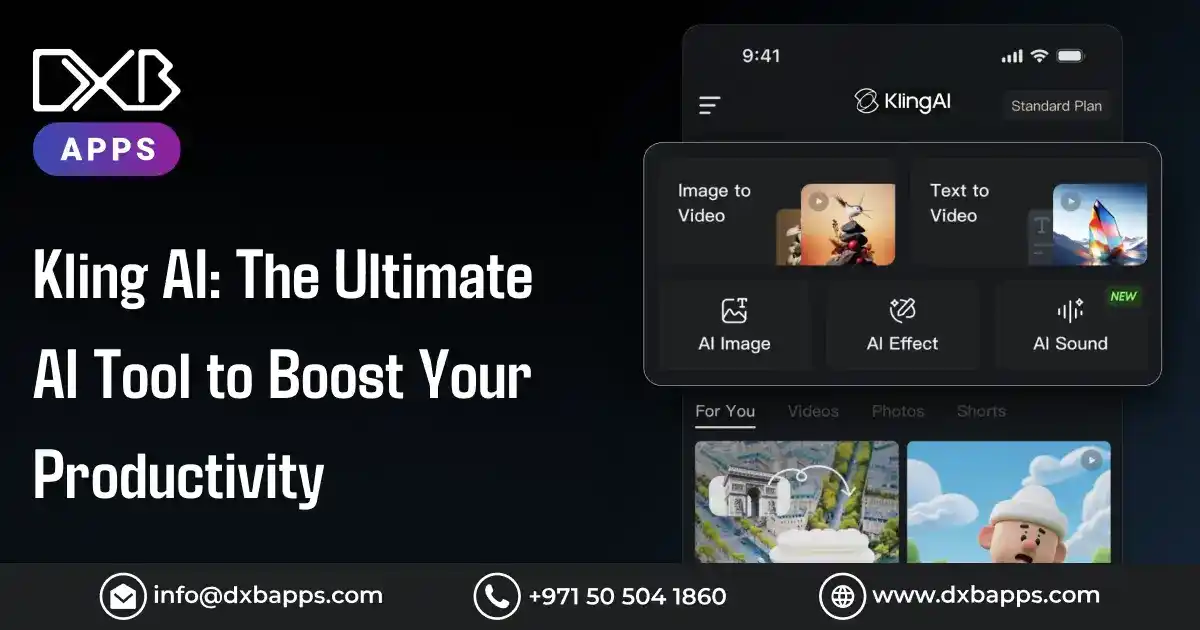To cite the major differences between ReactJS and Native React, one has to understand the platforms independently. ReactJS is an open-source, free to all, easily accessible JavaScript library used to build the front-end user interface for Web Applications. It primarily means the only part of the web application which is viewable by the user of the app.
This is called the view layer of the application. It helps developers to create elaborate UIs from a small and isolated piece of code called "components." ReactJS comprises two parts, first is components, that are the pieces that contain HTML code ie what one sees in the user interface, and the second one is HTML document where all your components will be actually rendered. React Native is an open-source JavaScript framework, a working grid that is used for developing a mobile application for iOS, Android, and Windows. It uses only JavaScript to build a multiplatform mobile app.
React Native is the same as React, but it uses native components instead of using web components as building blocks. Its major objective is to target mobile platforms rather than the browser itself.
1. Differences at a glance
|
1. |
ReactJS was initially released in 2013. |
The React Native was initially released in 2015. |
|
2. |
It is used for developing overall web applications. |
It is used specifically for developing mobile applications. |
|
3. |
It was designed to be functional across all platforms. |
It is platform specific. Additional coding or development is required for the program to be available on all platforms. |
|
4. |
It uses a generic JavaScript library and CSS for animations. |
It comes with custom built-in animation libraries. |
|
5. |
It specifically uses React-router for navigating through web pages. |
Customized built-in Navigator library is developed for navigating through mobile applications. |
|
6. |
React JS uses HTML tags for the overall display and formatting |
React Native uses custom-built tags for its display & formatting |
|
7. |
Saving of time due to extensive usage of code components. |
It can reuse React Native UI components & modules which allow hybrid apps to render natively. |
|
8. |
A secure platform is one of its main advantages |
Lacks security robustness as compared to its counterpart |
2. Advantage of ReactJS
2.1 Easy Learning & Usage
Any basic developer coming from a JavaScript background can easily understand and start creating web apps using this programming language.
2.2 Easy Development Process
HTML coding can be complex and tedious. but React JS solved that issue and made it easier. It provides less coding and gives more functionality.
2.3 Reusable Components
Disadvantage of ReactJS
A ReactJS web application is made up of multiple components, and each component having its own logic and controls. These are reusable components as per the developer’s need. This function helps to make your apps easier to develop and maintain.
2.4 Better Performance
The performance is enhanced by the use of virtual DOM. The React Virtual DOM exists entirely in memory and is a representation of the web browser's DOM.
2.5 Handy Tools
ReactJS support a handy set of tools which make the task of the developers easily understandable. Selection of particular components allows examination and editing of their current Props and State.
2.6 SEO Friendly
Traditional JavaScript frameworks have an issue in dealing with SEO. ReactJS overcomes this problem, which helps developers to be easily navigated on various search engines. It is because ReactJS applications can run on the server, and the virtual DOM will be rendering and returning to the browser as a regular web page.
3. Disadvantage of ReactJS
-
The development pace: As we know, the frameworks constantly change. It is tedious and complex for the developers to re-learn the new ways of doing things regularly.
-
Poor Documentation: Lack of documentation proves to be a hurdle due to the changes occurring so fast. This leads to the developers writing their instructions of new releases and tools in their current projects.
-
View Part: ReactJS covers only the UI Layers of the app. Hence developers still need to use other technologies to get a complete tooling set for development for their specific project.
-
Access to JavaScript Library: Today, ReactJS gaining popularity among web developers. It provides a rich and robust JavaScript library providing more flexibility to the web developers to create as per their requirements.
-
Code Testing: Easy testing capability offers a scope where the developer can test and debug their codes.
4. Advantages of React Native
There are several advantages of React Native for building mobile applications. Some of them are given below:
4.1 MultiPlatform Usage
One of the biggest advantages of this script is its flexibility to work for both platform Android as well as iOS devices.
4.2 Stellar Performance
Has the versatility of the code written in React Native being compiled into native code, which enables it for both operating systems as well as it operates in the same way across the platforms.
4.3 JavaScript
JavaScript knowledge is applied to create native mobile apps.
4.4 Community
Easy accessibility to a large community of developers allows easy bug fixes and troubleshooting amongst developers.
4.5 Hot Reloading
Immediate visibility while making changes in the code of your app is possible. If the business logic is changed, it changes in real time.
5. Disadvantage of React Native
Nascent stages: React Native is a newbie in Android and iOS programming languages and is still constantly evolving and might negatively impact app development environment.
5.1 Tedious learning process
Requires heavy learning and is not easily adaptable by new developers.
5.2 Low Security
Due to its open source nature, the level of security is low creating concerns for high security sectors like Finance.
5.3 Increased Initialization Time
React Native tends to take a longer initializing runtime across all gadgets including hi-tech devices.
5.4 Uncertain future
Due to monopoly of Facebook being its creator, the presence can be terminated if they so wish.
5.5 Constant Evolution
Some features of iOS and Android are not yet fully functional which is being further developed.
5.6 Native Components
Custom code writing is required to create native functionality. This is still being developed.












